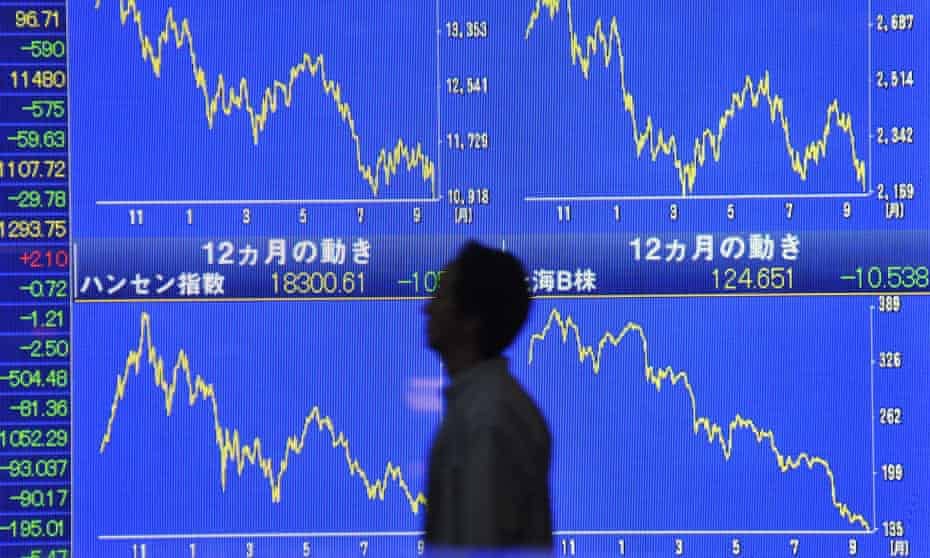One who believes Silicon Valley Bank was an anomaly is delusional. Over the past 50 years, financial crises have averaged one every ten years, making the current one if anything overdue, Entrepreneurng report.
Because banks have been operating in a world of extremely low-interest rates and regular infusions of electronic cash from central banks since 2008, the day of reckoning has been delayed.
Cheap and plentiful money, which was initially perceived as a temporary solution in the highly stressful circumstances following the bankruptcy of Lehman Brothers, ended up becoming a constant support for the markets.
The effects of central banks raising interest rates and sucking the money they produced out of the financial system have been the subject of discussion over the years.
Housing bubbles have deflated, stock values have plummeted, and banks are now suffering significant losses on their holdings of government bonds as a result of the action that was thought necessary to control inflation.
The Fed took longer to get going than the Bank of England. After hiking rates in December 2021, Threadneedle Street has done so ten times in a row.
The European Central Bank delayed raising borrowing costs for the first time in a decade until July of last year, and it did so this week despite reports that the financial crisis had spread to Atlantic Credit Suisse.
Forget the fact that the economies of the US, UK, and eurozone have all fared better than anticipated in the immediate wake of the spike in oil prices brought on by Russia’s invasion of Ukraine. The decisions that central banks make regarding interest rates and whether to buy or sell bonds take time to take effect.
A decline in the property market, bank failures, and an increase in unemployment are three traditional indicators that a recession is about to hit the US, as Dhaval Joshi of BCA Research noted last week.
Since there has been a 20% decrease in home construction over the past year, the first has already occurred. The issues at SVB and other regional US banks indicate the second need has now been fulfilled.
An increase of 0.5 percentage points in the unemployment rate in the US is the third indicator of a coming recession. It has risen by 0.2 points thus far.
According to Joshi, banks frequently fail right before a recession starts. “No US bank failed in 2005 or 2006 before the recession that started in December 2007. Just before the recession started, the first three bank collapses occurred in February, September, and October of 2007.
Move ahead to 2021 or 2022, and neither US bank fails. Silicon Valley Bank and Signature Bank are the first banks to fail in this cycle. The beginning of bank failures portends an economic slump that is more imminent than most people think if history is any indication.
The financial markets believe that this week’s interest rate decisions by the Fed and the Bank of England will result in either no change or a rise of 0.25 percentage points.
It ought to be obvious. Given the lags involved, even a cut in interest rates would come too late to stop output from declining in the upcoming months, but any additional tightening of policy in the face of declining inflation, falling global commodity prices, and signs of escalating financial instability would be foolhardy.
The financial industry has expanded significantly and undergone liberalization over the past 50 years. Since the global financial crisis, regulations and oversight have been tightened, but the changes have had a little overall impact.
SVB was intended to be a small bank that could operate under less onerous regulation than a bank that was considered to be “systemically essential”. Yet, all SVB depositors were safeguarded when it mattered most, making the distinction between a systemic and non-systemic bank mostly moot. The financial system as a whole is both intrinsically weak and too large to fail.
The bank limitations that were in place throughout the 1950s and 1960s are not even somewhat likely to be reinstated.
Conclusion
One is that economies controlled by the financial sector only truly benefit the wealthy: stock and real estate owners. The financial markets have become dependent on the stimulus that central banks have offered, which is the second factor.
Thirdly, when that stimulus is gone, as it is today, systemic problems become far more likely. Hence, gradually additional stimulus will be given, the markets will experience a boom, and the seeds for the following crisis will be planted.



